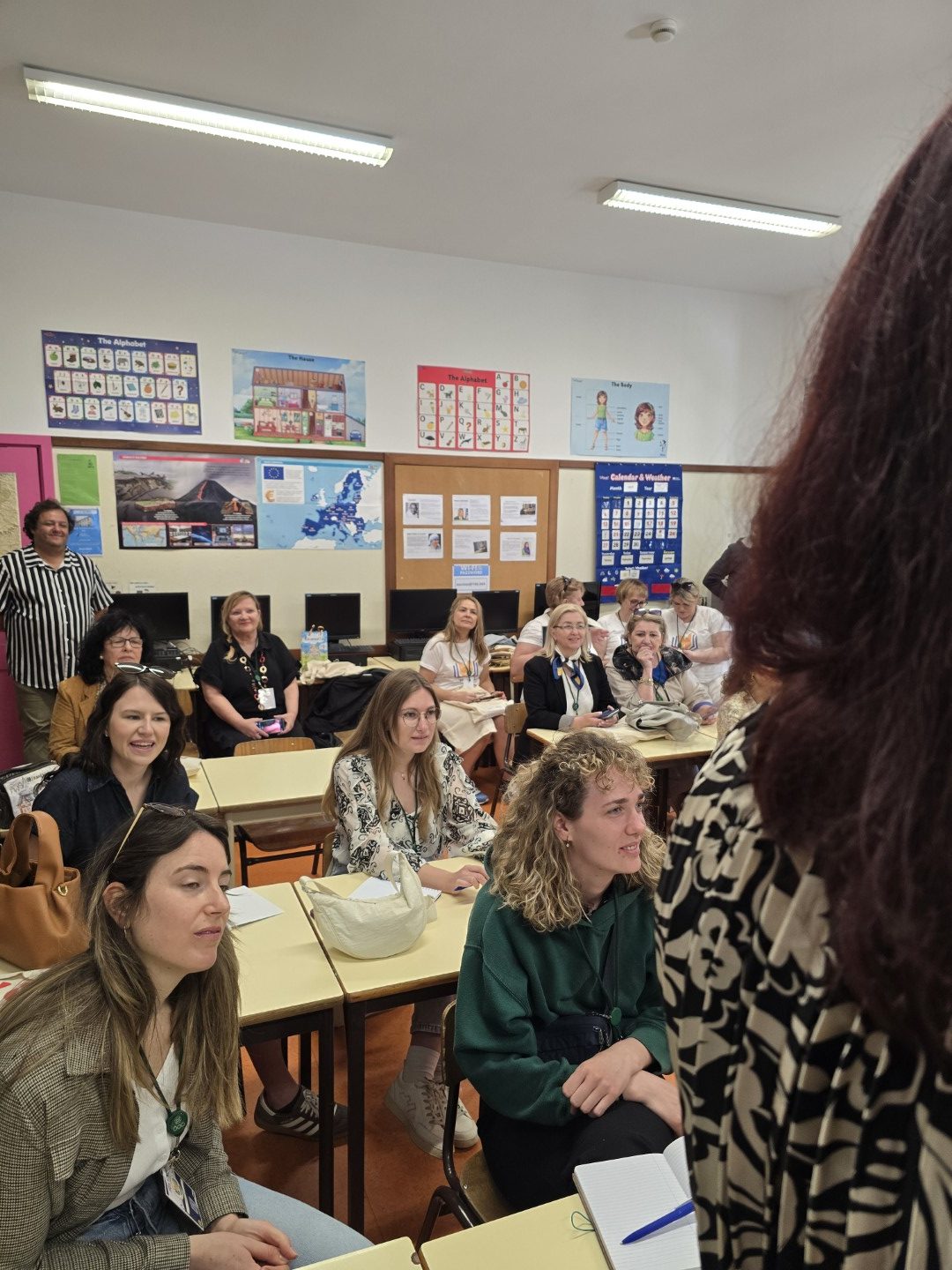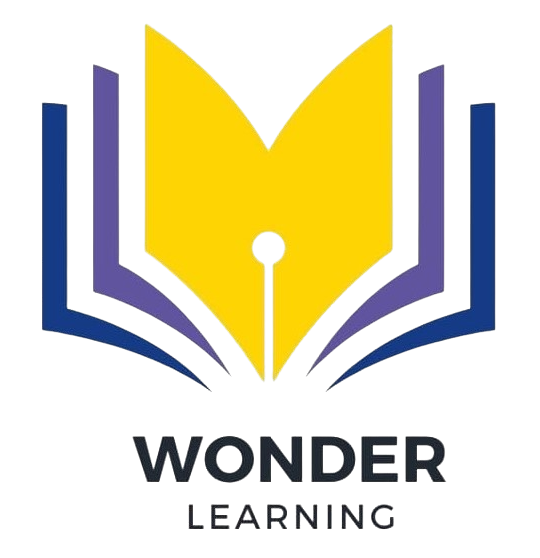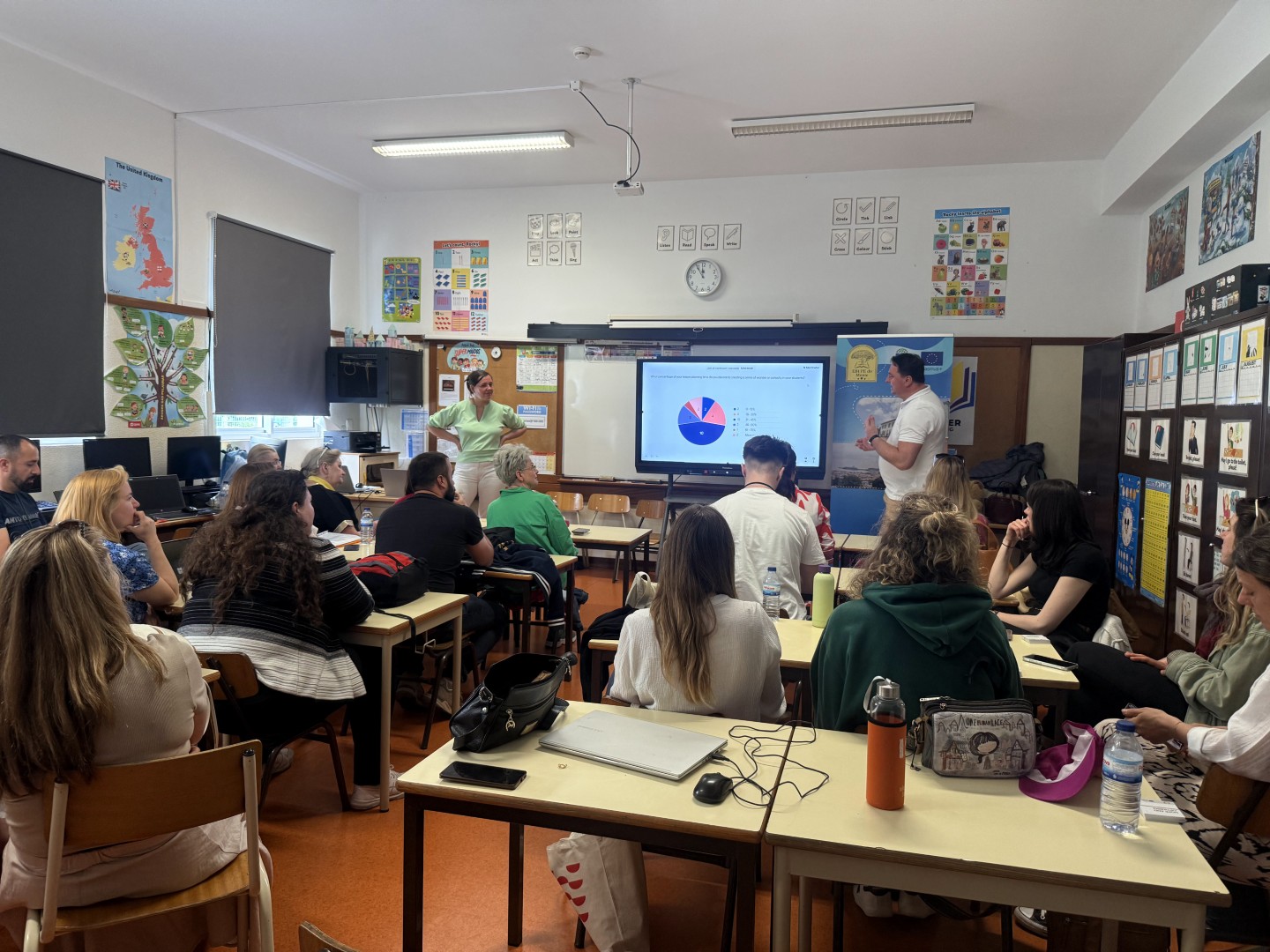About Project
maximize your potentials
Project Description & Vision
Our vision is to help teachers to organise fascinating lessons for digital natives and students to be motivated in learning and achieve academic performances.
The project aims to bridge the gap between old teaching methods and the evolving digital landscape, ensuring that both educators and students are equipped with the necessary skills and resources to thrive in a technology-driven society.
Key Problems We Address
Consequences of Inaction
Our Solution
Due to the rapid development of technology, the way children interact with technology is changing, which can lead to a decline in concentration and critical thinking skills. The project addresses the identified challenges in the current educational landscape by fostering digital skills, implementing innovative teaching methodologies, promoting inclusive education, and cultivating environmental responsibility.
Good practices regarding innovative teaching methods will be collected. The teachers will participate in training courses where they will learn and then implement new methods in classes. Students will participate in workshops, and then organise workshops with their peers. Engaging in dynamic and highly interactive learning activities will heighten students' interest in their own education.
In each guide, we will have a chapter for SEN students. WLDN project is justified by its comprehensive approach to addressing critical challenges in education, to adopt EU values on human rights, equality and non-discrimination.

Core Objective
The core objective is to help teachers and students to develop the necessary skills for conducting innovative educational activities that mitigate learning failures and improve students' academic results, even within challenging circumstances. The project aims to bridge the gap between old teaching methods and the evolving digital landscape, ensuring that both educators and students are equipped with the necessary skills and resources to thrive in a technology-driven society.

Strengthen the digital skills of both teachers and students to navigate and utilise digital tools in education.
Introduce and implement the WL approach to foster engagement, curiosity, and interactive learning experiences.
Develop resources and practices that cater to the needs of students with SEN, ensuring an inclusive educational environment.
Integrate eco-friendly practices, reduce the carbon footprint in project activities.
Tangible Results
TR1. Brochure with 25 gathered good practices
TR2. Training course for 32 teachers, on implementing Wonder Learning and developing digital skills
TR3. Training Toolkit
TR4. Digital tool for learning
TR5. Guide for teachers on use of digital tools for teaching
TR6. 80 trained teachers during pilot testing
TR7. 40 students participating in workshops to develop digital skills
TR8. Toolbox for students on how to use digital tools for learning, and 24 activity packs
TR9. 80 students in peer-learning
TR10. AI Literacy Guide for Parents
TR11. Mobilities: 3 TPM, 2 LLT, 1 student exchange, 8 multiplier events, 3 conferences
Intangible Results
IR1. The students acquire the desired competencies
IR2. The students are motivated to learn and to succeed in school
IR3. The students actively participate in all learning activities
IR4. The students’ scores increase
IR5. The teachers are able to deliver interesting activities for students
IR6. Awareness of environmental issues
- SO1. Gather good practices on innovative teaching methods
- SO2. Train the teachers on Wonder Learning approach integration and digital skills, in an inclusive manner
- SO3. Teach the students to use new digital skills to learn better and improve their results
- SO4. Develop a comprehensive resource that can help teachers integrate innovative methods in classrooms
- SO5. Integrate innovative methods also at the level of students with SEN
- SO6. Develop a community of practice where educators can share ideas
- SO7. Integrate environmental issues in curricula through an eTwinning project connection
Embracing an innovative approach aims to capture the interest of digital natives. This project is harnessing the power of fascination in the learning process. By infusing captivating and interactive elements, we are adapting to the preferences of digital natives. The integration of cutting-edge technologies and wonder-based methodologies ensures that learning becomes an immersive and dynamic experience, resonating with the digital mindset of today's learners. We aim not only to meet the expectations of digital natives but to exceed them, fostering an innovative educational journey.
Research will be carried out to identify innovative methods that can be translated into the concept of wonder learning, augmented with significant digital components.
-
The project will ensure the development of new digital skills for teachers as well as the stimulation of creativity in the organisation of memorable learning activities for students. Teachers will be trained in this regard. Teachers will acquire skills in identifying and using new pedagogical approaches in the virtual environment.
-
Through the Wonder Learning approach we aim to
- spark students' curiosity and wonder about the world around them
give time to students to experiment and ask questions
-
give students opportunities to problem-solve, invent, and create
-
help the students to experience the joy of learning
-
A brochure of best practices will be compiled for teachers (a special chapter for SEN) to insert the wonder at their level. The brochure will include a section with summaries of recent articles and research on innovative teaching methods.
-
We will build a student-centric guidance digital tool where students can learn.
-
We will organise 2 pan-European online conferences to popularise good practices in a wide community of educators.
-
We will prepare a guide for teachers on how to use web tools and a toolbox for students with 24 activity packs.
We will prepare an AI Literacy Guide for Parents. There is no such guide now.


